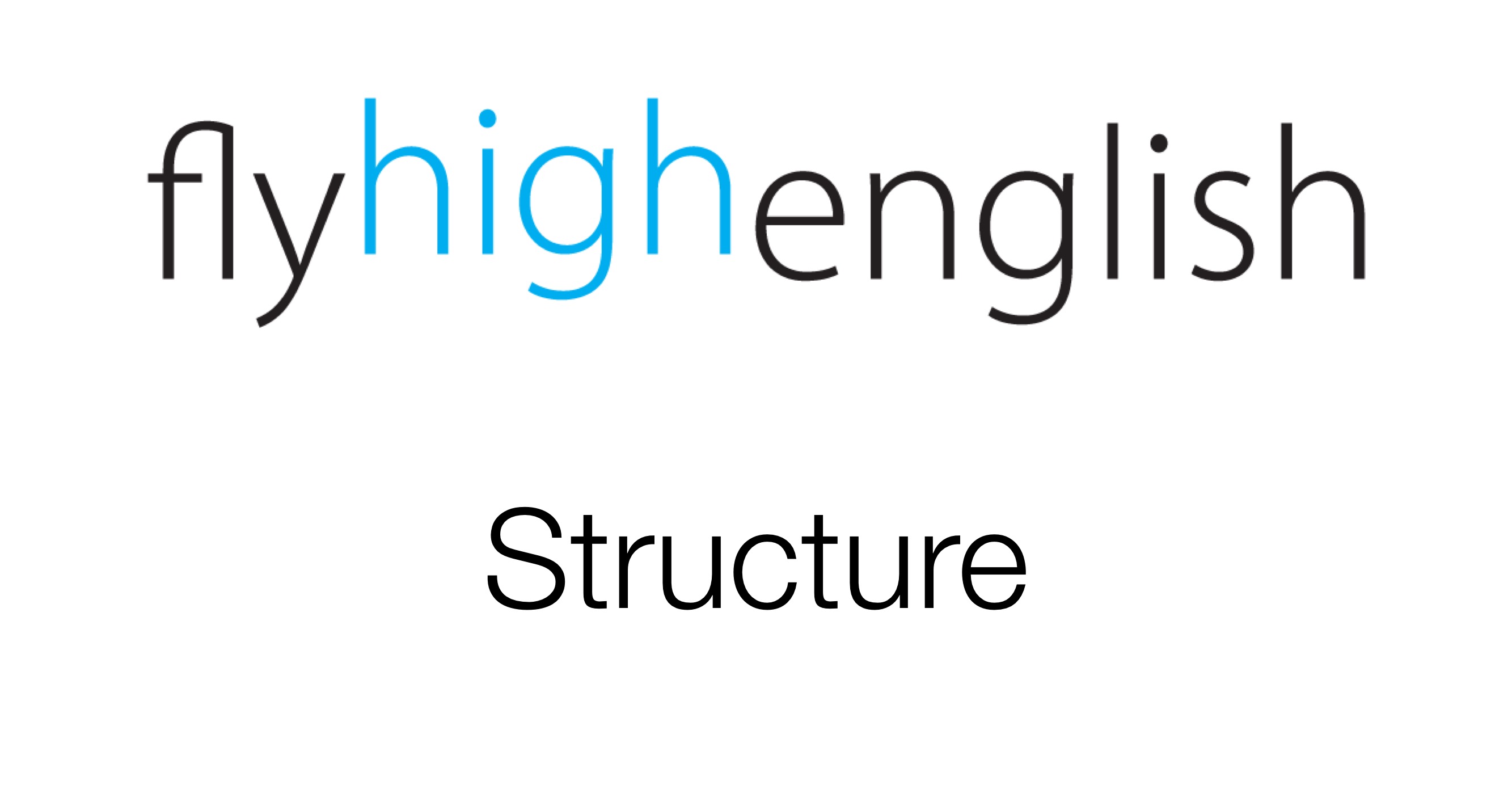
This time in our structure help we talk about word categories in English. This is vital to understand why certain words are acceptable in some situations, while other words aren’t acceptable.
When we think about word categories some of the most common categories are; nouns, verbs, adjectives, adverbs and prepositions.
Nouns can refer to people (or other creatures), places or things.
Examples: Peter, friend, cat, table, book.
Verbs are words that relate to actions or states.
Examples: work, eat, fly.
Adjectives are describing words.
Examples: big, fast, happy.
Adverbs are formed by a large group of words that is impossible to go through here. However, some of the most common adverbs are ones that express ‘how something happens’ (slowly, quickly, easily etc…) or ‘how often something happens’ (usually, normally, never, sometimes etc…).
Prepositions are words that connect parts of a sentence and show the relationship between them.
Examples: in, on, at, with etc…
A good student’s dictionary like the Longman Dictionary of Contemporary English tells you the category of a word you search for. By knowing the category of a word you can more easily use it in sentences. This is also a good way to build vocabulary because words often have different forms; a verb, adjective and noun for example. By knowing each of these individual forms you are more easily able to use the correct one when necessary.
Follow us on twitter here, Facebook here or Instagram here for more great content!
Have a great day!




